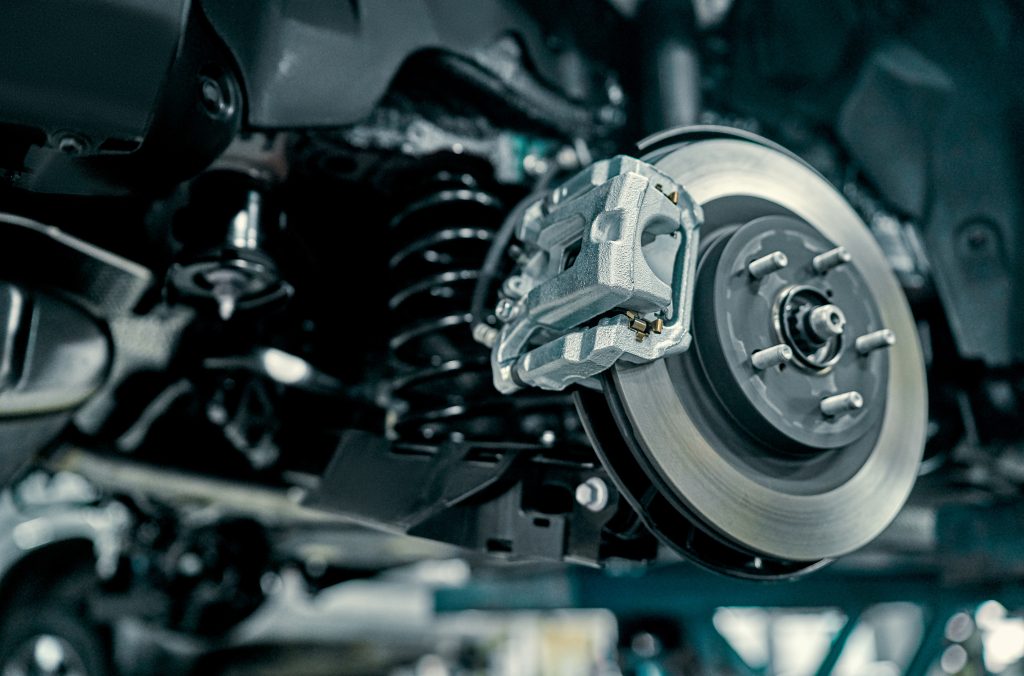3D printing technologies, like 3D printed auto parts, have been used by the automotive industry for years, especially within research and development (R&D). But as 3D printing in automotive continues to advance, this technology offers more and more beneficial use cases within this sector.
Present-day automotive manufacturing operations have expanded beyond R&D and are also using 3D printing to create commercial end-use products. From faster production times to lighter, more durable parts, 3D printing capabilities provide a number of benefits to automotive manufacturers.
3D Printing in Automotive Manufacturing
There is a significant 3D printing presence in automotive manufacturing today, for everything from prototyping to custom interior parts to personalized commercial end-use products. Metal 3D printing in particular has really taken off in automotive. But where 3D printing technologies are really progressing with the automotive industry is in the electric vehicle (EV) sector.
“In the EV sector, weight is much more important and plays a role in the vehicle’s battery life,” explains Neil Glazebrook, Vice President of 3D Solutions at ABCorp. “Industrial 3D printing can easily lightweight vehicle parts, reducing the overall weight of a vehicle.”

This decrease in weight helps EVs perform better, making 3D printed parts the obvious choice for these types of vehicles. But it’s more than just 3D printed parts, an automotive manufacturer can design parts for additive manufacturing. This allows manufacturers to make adjustments in the design process to create a better part when compared to traditional design and manufacturing methods.
“Design for additive has really taken off in the last couple of years. Using additive design principles, manufacturers are lightening the vehicle, which makes it more efficient. And they’re also looking at different stresses in the part. With additive and new design technologies, manufacturers can design for those stresses and create a 3D printed part that performs better and lasts longer than a traditionally manufactured part,” describes Glazebrook.
Additive Manufacturing vs. Traditional Manufacturing in Automotive
Introducing additive technologies into automotive production has led to some changes in the industry’s manufacturing methods. Industrial 3D printing has a faster turnaround time than traditional manufacturing. In the early days of additive technology, this increased speed was the basis for rapid prototyping and resulted in wide-scale adoption of additive manufacturing in R&D.
When manufacturers saw the benefits of additive manufacturing, they started to use this technology to produce end-use parts. In recent years, 3D printed end-use parts have become even more prevalent in automotive manufacturing. Rather than relying on a traditional production line for everything, manufacturers are now introducing more additive manufacturing into their production processes.

“One of the best things about 3D printing is automotive manufacturers can create parts a lot quicker. The faster turnaround time has led to many more 3D printed automotive components in vehicles, which improves the overall performance and efficiency of the vehicles,” says Glazebrook.
When it comes to production, 3D printing can speed up time to market for products, and it can also bring the supply chain closer to manufacturers, particularly original equipment manufacturers (OEMs). The flexibility that 3D printing gives manufacturers allows them to better navigate problems that arise, not only in their own operations, but also on a larger scale. Having easy access to a 3D printer can really minimize unexpected situations, such as supply chain constraints.
“From an OEM and supply chain standpoint, 3D printing has really been a game changer for automotive manufacturing,” explains Glazebrook. “Parts that use to take weeks to make or receive, those can now be printed overnight.”
Implementing additive manufacturing within production processes enables manufacturers to create 3D printed auto parts that are more durable while using less material compared to traditionally manufactured parts. These parts tend to perform better and often take less time to create.
“Not every design can be created with traditional manufacturing,” Glazebrook says, “that’s one reason designing for additive is gaining more traction in the automotive industry. However, additive and subtractive manufacturing can work well together to create an end-use part. Overall, though, when it comes to additive vs. traditional, additive manufacturing significantly improves production speed and time to market, in addition to creating parts up to 50% lighter.”
Automotive Industry Investing in Industrial 3D Printing
As industrial 3D printing becomes more prevalent across multiple industries, automotive manufacturers are seeing the benefits of this technology and starting to invest more into it. These manufacturers are adding multiple 3D printers into their operations and investing more capital and engineering budgets into additive manufacturing. Investing in additive enables automotive manufacturers to create better parts, have more control over their supply chain, and get products to market faster.
“With additive, manufacturers are becoming more efficient in their production operations while also creating better-quality parts,” says Glazebrook. “3D printing creates parts that are lighter, stronger, and more durable, and this technology is going to continue to grow in the automotive industry and beyond.”
If you’re a manufacturer interested in exploring 3D printed auto parts and more solutions, check out ABCorp’s 3D printing division. To explore even more industrial 3D printing, check out RAPID + TCT: North America’s largest additive manufacturing and industrial 3D printing event, taking place at the Los Angeles Convention Center from June 25-27, 2024.
